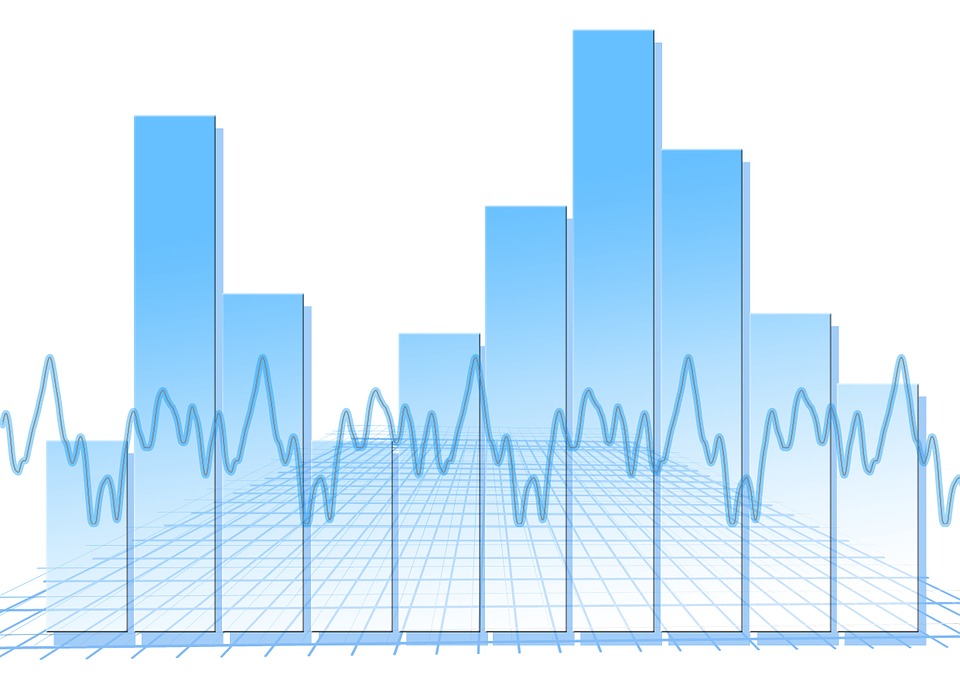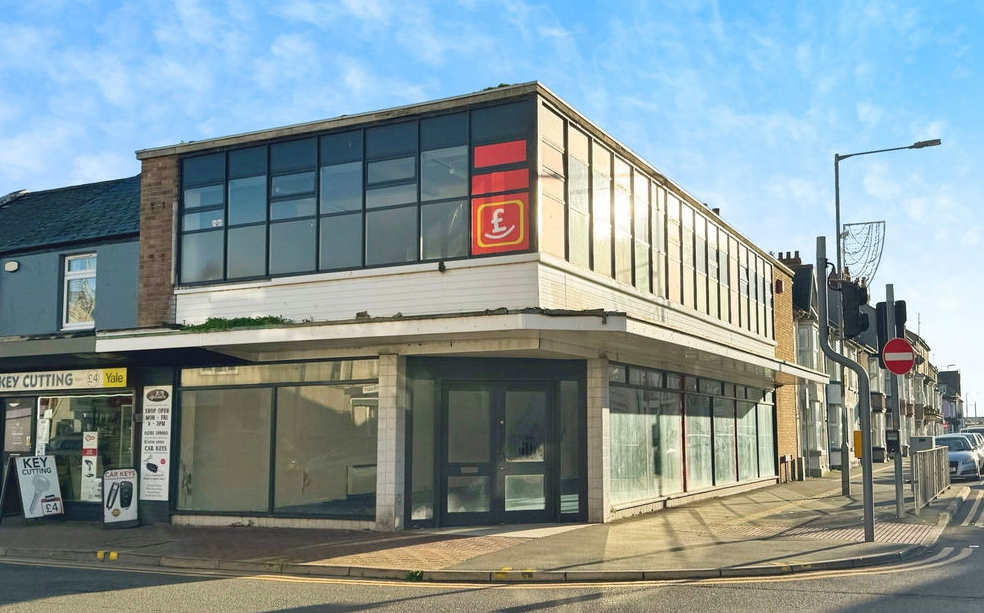Furniture prices rose slightly in February while carpets declined as overall inflation eased.
According to the latest Office for National for National Statistics (ONS) data, the Consumer Prices Index (CPI) rose by 2.8% in the 12 months to February 2025, down from 3.0% in the 12 months to January. On a monthly basis, CPI rose by 0.4% in February 2025, compared with a rise of 0.6% in February 2024.
The largest downward contribution to the monthly change in both CPIH and CPI annual rates came from clothing, with a further large downward effect in CPIH from housing and household services.
For furniture, furnishings and carpets, the combined figure saw prices ease from a 0.3% rise to 0.1% month-on-month, while on the last year prices were up compared to its fall of 0.9%. Sectors within the category are detailed below.
Furniture and furnishing prices rose by 0.9% in February, compared to a rise of 0.5% in January, while up from a 1.6% fall compared to the same month last year.
The retail price of household furniture increased by 1.1% in the month, up from a rise of 0.7%, while also up from a decline of 1.6% last year.
Garden furniture prices fell 11.5%, compared to a fall of 11.3% on last month and down from a rise of 0.1% compared to last year.
Carpets and other floorcoverings prices fell 1.7%, compared to a rise of 0.6% the previous month, while down from the 1.7% uptick last year.
Other household textile prices, including furnishings fabrics, curtains and bedding, saw prices rise by 1%, higher than its rise of 0.3% the previous month, while down from a rise of 2.5% on last year.
Commenting on the inflation figures for February, ONS Chief Economist Grant Fitzner said: “Inflation eased in February. Clothing prices, particularly for women’s clothes, was the biggest driver for this month’s fall. This was only partially offset by small increases, for example, from alcoholic drinks.”
Responding to the latest CPI inflation figures, Kris Hamer, Director of Insight of the British Retail Consortium, said: “Headline inflation fell marginally in February, driven by marginal drops in housing and household services and clothing and footwear entering deflation. Despite continued cost pressures, namely energy price volatility, food inflation remained unchanged. There was good news as some dairy products such as milk, cheese and eggs all saw price drops on the month. Heavy clothing and footwear discounting continued into February, as fashion sales continue to suffer due to unseasonal weather throughout the month.”
“Retail operates on tight margins and it would be impossible to absorb all £5bn of new costs which hit the industry in April. Food inflation has jumped significantly in recent months and is forecast to hit 5% by the end of 2025 as a result of the costs arising from the Budget. On top of this, retailers are still burdened by an outdated business rates system. It is vital that the government’s reform of business rates doesn’t impose additional costs onto retailers. Reform must leave no shop paying more.”















